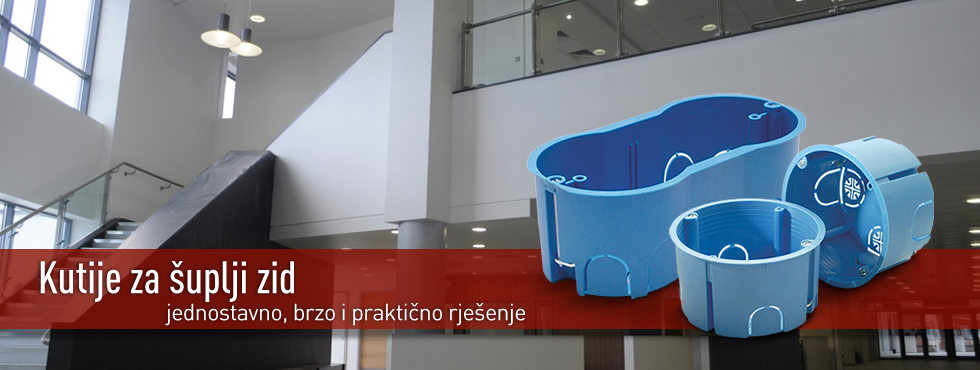Worker Training: Ten Ideas For Making It Really Effective
Whether or not you are a supervisor, a manager or a trainer, you are interested in guaranteeing that training delivered to workers is effective. So typically, employees return from the latest mandated training session and it's back to "enterprise as common". In lots of cases, the training is either irrelevant to the group's real needs or there's too little connection made between the training and the workplace.
In these cases, it issues not whether the training is superbly and professionally presented. The disconnect between the training and the workplace just spells wasted resources, mounting frustration and a rising cynicism about the benefits of training. You'll be able to turn around the wastage and worsening morale via following these ten pointers on getting the utmost impact out of your training.
Make certain that the initial training wants analysis focuses first on what the learners shall be required to do otherwise back within the workplace, and base the training content material and exercises on this end objective. Many training programs concentrate solely on telling learners what they should know, trying vainly to fill their heads with unimportant and irrelevant "infojunk".
Be sure that the start of every training session alerts learners of the behavioral aims of the program - what the learners are anticipated to be able to do on the completion of the training. Many session aims that trainers write merely state what the session will cover or what the learner is predicted to know. Knowing or being able to explain how someone ought to fish shouldn't be the same as being able to fish.
Make the training very practical. Keep in mind, the target is for learners to behave differently within the workplace. With possibly years spent working the old way, the new way won't come easily. Learners will want beneficiant amounts of time to debate and observe the new skills and can need lots of encouragement. Many actual training programs concentrate solely on cramming the utmost quantity of knowledge into the shortest possible class time, creating programs which are "9 miles lengthy and one inch deep". The training environment can be an awesome place to inculcate the attitudes needed within the new workplace. Nevertheless, this requires time for the learners to raise and thrash out their issues earlier than the new paradigm takes hold. Give your learners the time to make the journey from the old way of thinking to the new.
With the pressure to have workers spend less time away from their workplace in training, it is just not potential to end up absolutely outfitted learners on the finish of 1 hour or one day or one week, aside from probably the most primary of skills. In some cases, work quality and efficiency will drop following training as learners stumble of their first applications of the newly discovered skills. Ensure that you build back-in-the-workplace coaching into the training program and give staff the workplace support they should apply the new skills. A cheap technique of doing this is to resource and train inside employees as coaches. You may as well encourage peer networking through, for example, setting up user teams and organizing "brown paper bag" talks.
Carry the training room into the workplace via developing and putting in on-the-job aids. These include checklists, reminder cards, process and diagnostic movement charts and software templates.
If you are serious about imparting new skills and never just planning a "talk fest", assess your participants throughout or at the end of the program. Make certain your assessments are not "Mickey Mouse" and genuinely test for the skills being taught. Nothing concentrates participant's minds more than them knowing that there are definite expectations round their stage of performance following the training.
Be certain that learners' managers and supervisors actively help the program, either by attending the program themselves or introducing the trainer initially of each training program (or better nonetheless, do both).
Integrate the training with workplace follow by getting managers and supervisors to transient learners earlier than the program begins and to debrief each learner at the conclusion of the program. The debriefing session ought to embody a dialogue about how the learner plans to use the learning in their day-to-day work and what resources the learner requires to be able to do this.
To keep away from the back to "business as regular" syndrome, align the organization's reward systems with the anticipated behaviors. For individuals who truly use the new skills back on the job, give them a gift voucher, bonus or an "Employee of the Month" award. Or you could possibly reward them with fascinating and difficult assignments or make sure they're next in line for a promotion. Planning to give positive encouragement is way more effective than planning for punishment if they do not change.
The final tip is to conduct a put up-course evaluation a while after the training to find out the extent to which individuals are utilizing the skills. This is typically achieved three to 6 months after the training has concluded. You'll be able to have an knowledgeable observe the participants or survey participants' managers on the application of every new skill. Let everyone know that you'll be performing this analysis from the start. This helps to engage supervisors and managers and avoids surprises down the track.
If you beloved this article so you would like to acquire more info regarding Training Perth generously visit our web site.
In these cases, it issues not whether the training is superbly and professionally presented. The disconnect between the training and the workplace just spells wasted resources, mounting frustration and a rising cynicism about the benefits of training. You'll be able to turn around the wastage and worsening morale via following these ten pointers on getting the utmost impact out of your training.
Make certain that the initial training wants analysis focuses first on what the learners shall be required to do otherwise back within the workplace, and base the training content material and exercises on this end objective. Many training programs concentrate solely on telling learners what they should know, trying vainly to fill their heads with unimportant and irrelevant "infojunk".
Be sure that the start of every training session alerts learners of the behavioral aims of the program - what the learners are anticipated to be able to do on the completion of the training. Many session aims that trainers write merely state what the session will cover or what the learner is predicted to know. Knowing or being able to explain how someone ought to fish shouldn't be the same as being able to fish.
Make the training very practical. Keep in mind, the target is for learners to behave differently within the workplace. With possibly years spent working the old way, the new way won't come easily. Learners will want beneficiant amounts of time to debate and observe the new skills and can need lots of encouragement. Many actual training programs concentrate solely on cramming the utmost quantity of knowledge into the shortest possible class time, creating programs which are "9 miles lengthy and one inch deep". The training environment can be an awesome place to inculcate the attitudes needed within the new workplace. Nevertheless, this requires time for the learners to raise and thrash out their issues earlier than the new paradigm takes hold. Give your learners the time to make the journey from the old way of thinking to the new.
With the pressure to have workers spend less time away from their workplace in training, it is just not potential to end up absolutely outfitted learners on the finish of 1 hour or one day or one week, aside from probably the most primary of skills. In some cases, work quality and efficiency will drop following training as learners stumble of their first applications of the newly discovered skills. Ensure that you build back-in-the-workplace coaching into the training program and give staff the workplace support they should apply the new skills. A cheap technique of doing this is to resource and train inside employees as coaches. You may as well encourage peer networking through, for example, setting up user teams and organizing "brown paper bag" talks.
Carry the training room into the workplace via developing and putting in on-the-job aids. These include checklists, reminder cards, process and diagnostic movement charts and software templates.
If you are serious about imparting new skills and never just planning a "talk fest", assess your participants throughout or at the end of the program. Make certain your assessments are not "Mickey Mouse" and genuinely test for the skills being taught. Nothing concentrates participant's minds more than them knowing that there are definite expectations round their stage of performance following the training.
Be certain that learners' managers and supervisors actively help the program, either by attending the program themselves or introducing the trainer initially of each training program (or better nonetheless, do both).
Integrate the training with workplace follow by getting managers and supervisors to transient learners earlier than the program begins and to debrief each learner at the conclusion of the program. The debriefing session ought to embody a dialogue about how the learner plans to use the learning in their day-to-day work and what resources the learner requires to be able to do this.
To keep away from the back to "business as regular" syndrome, align the organization's reward systems with the anticipated behaviors. For individuals who truly use the new skills back on the job, give them a gift voucher, bonus or an "Employee of the Month" award. Or you could possibly reward them with fascinating and difficult assignments or make sure they're next in line for a promotion. Planning to give positive encouragement is way more effective than planning for punishment if they do not change.
The final tip is to conduct a put up-course evaluation a while after the training to find out the extent to which individuals are utilizing the skills. This is typically achieved three to 6 months after the training has concluded. You'll be able to have an knowledgeable observe the participants or survey participants' managers on the application of every new skill. Let everyone know that you'll be performing this analysis from the start. This helps to engage supervisors and managers and avoids surprises down the track.
If you beloved this article so you would like to acquire more info regarding Training Perth generously visit our web site.










